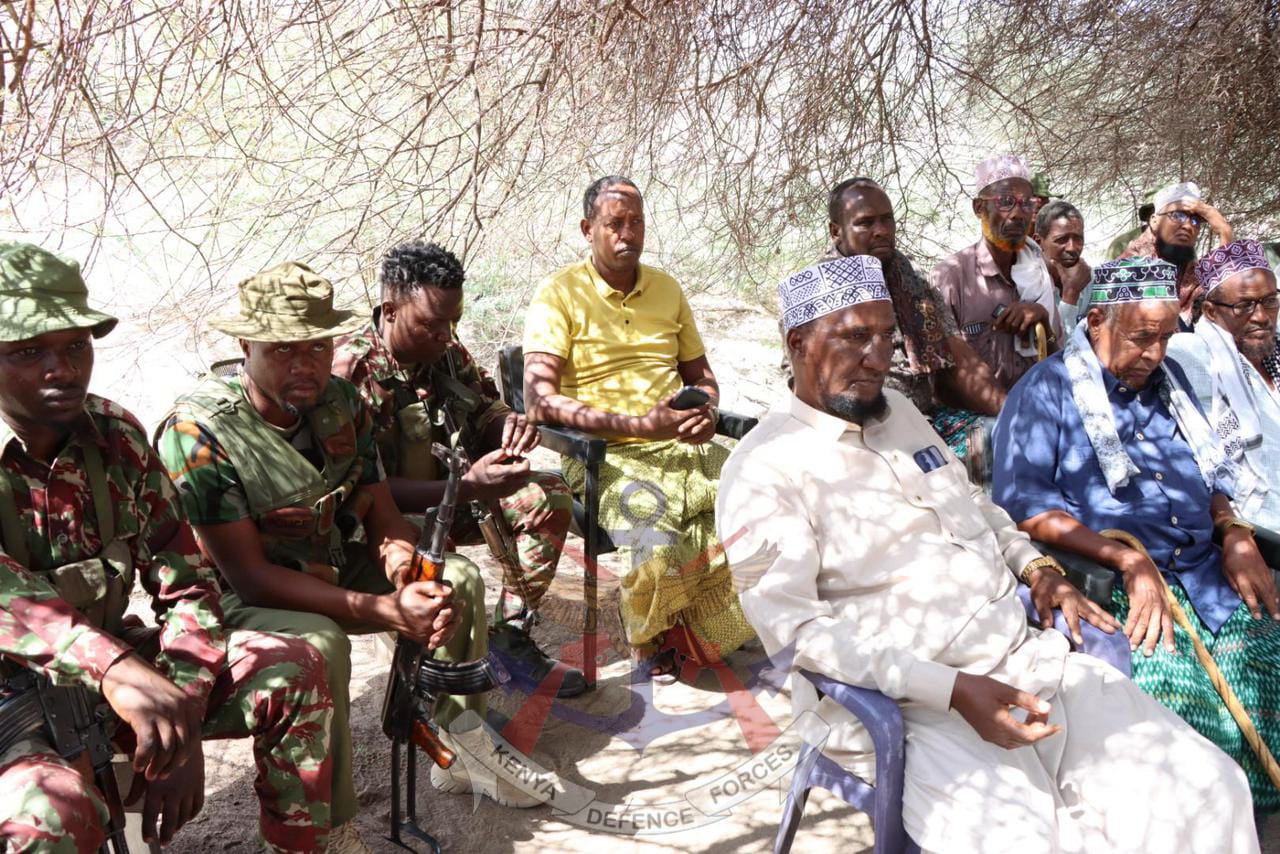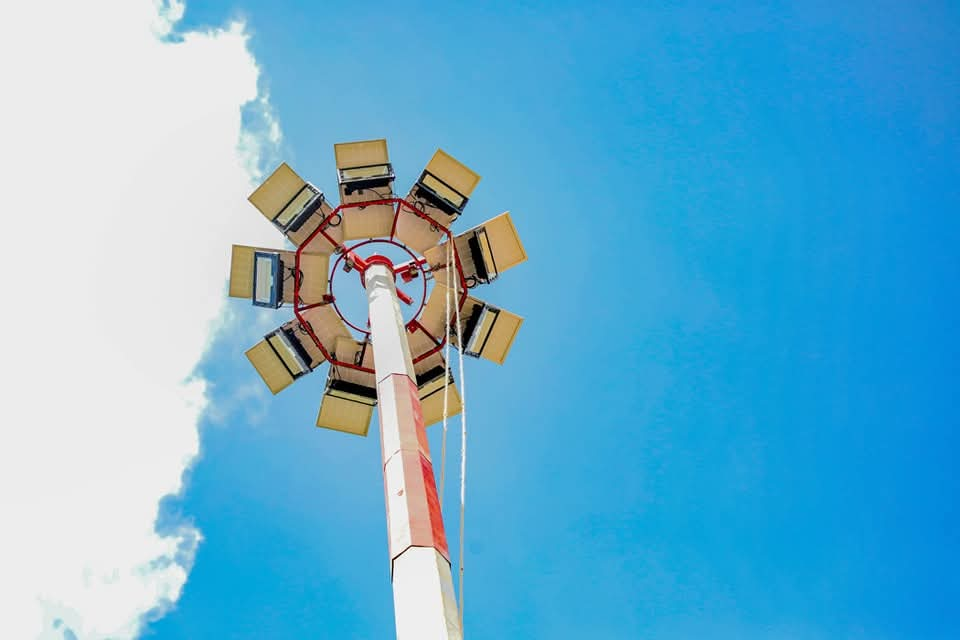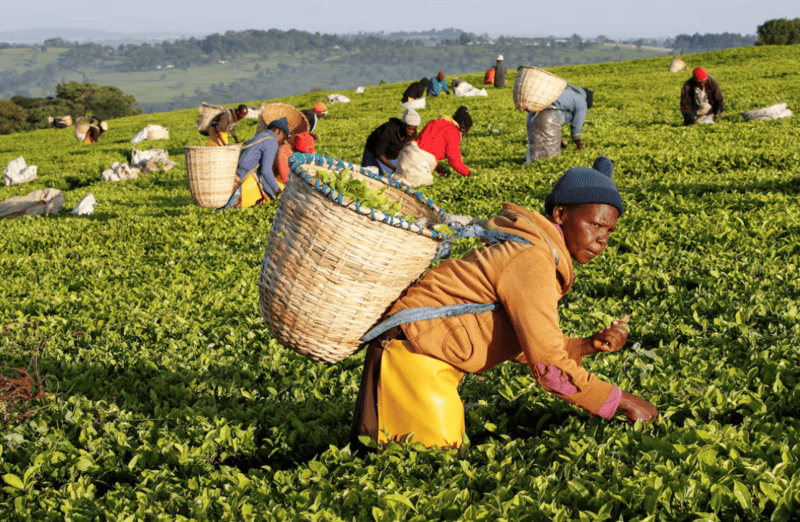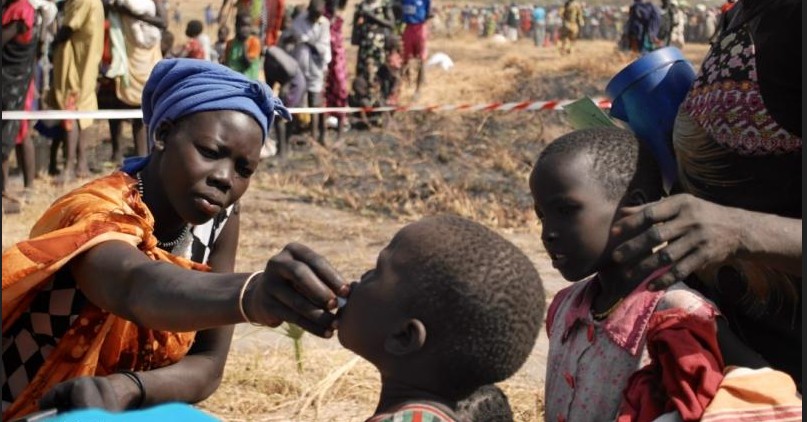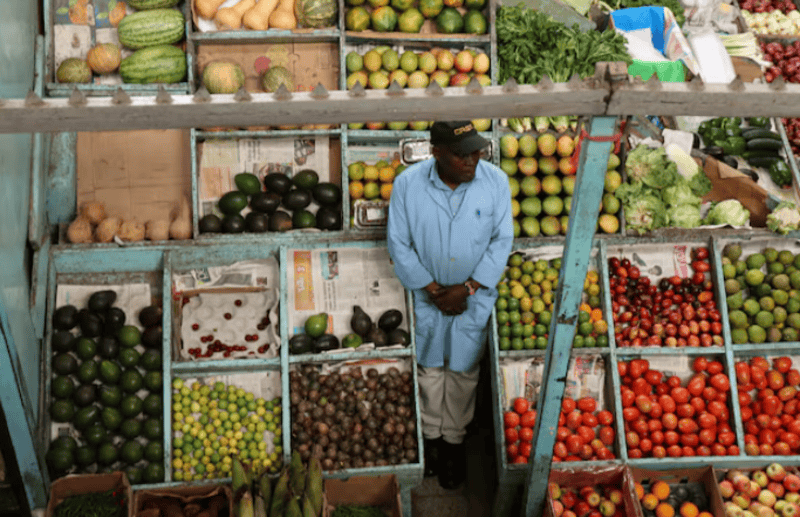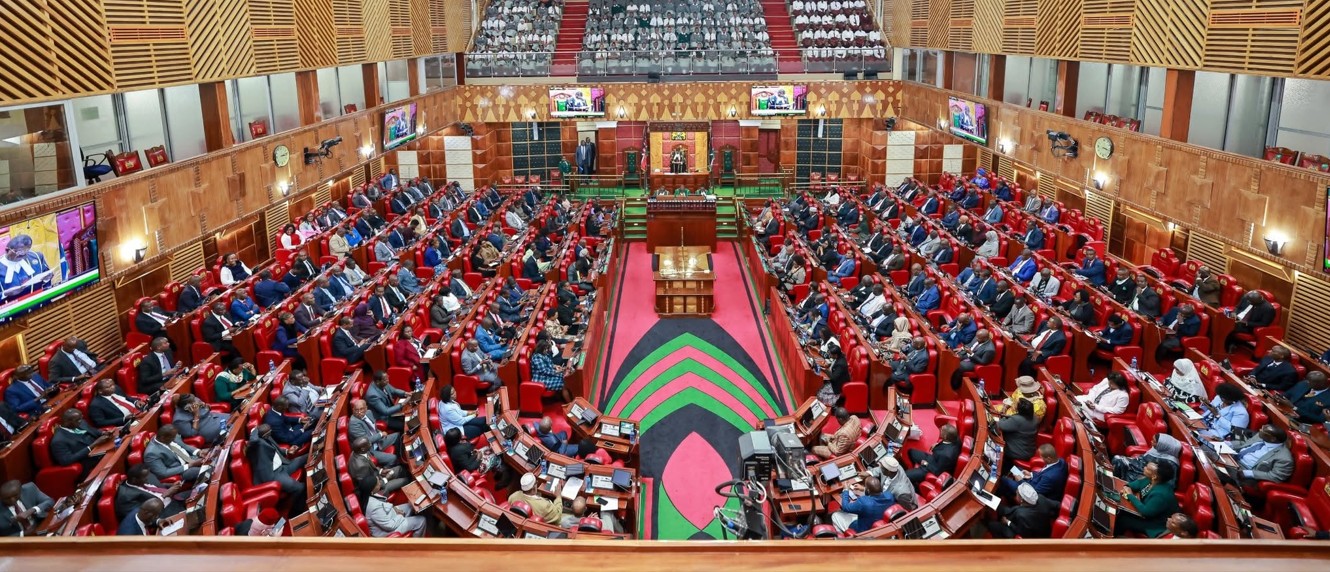Normalisation of bhang abuse aiding its prevalence in the country- Study
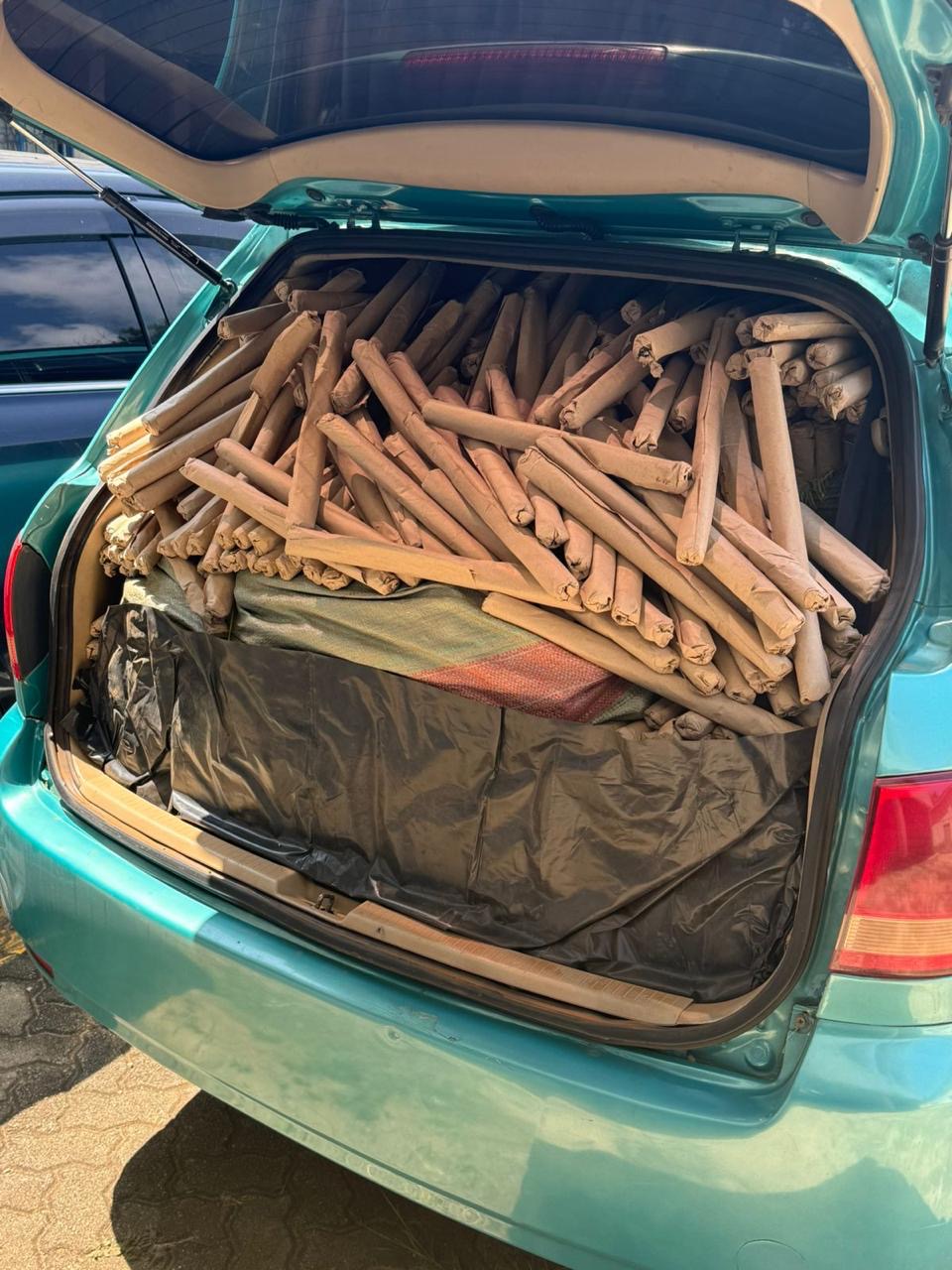
According to the report, traffickers have adopted sophisticated methods to evade capture, including lacing food and snacks with cannabis.
The normalisation of cannabis abuse has significantly contributed to its persistent yet illegal propagation, trafficking, and sale in Kenya, a report by the National Crime Research Centre (NCRC) reveals.
This acceptance has created a readily available market, making cannabis the most commonly available and abused narcotic in the country. The report notes that high demand for the drug, coupled with porous borders exploited for trafficking, sustains its use despite regular police crackdowns.
More To Read
- Two German tourists, Kenyan woman arrested for running cannabis farm in Diani
- Somalia police thwart major drug smuggling attempts at Mogadishu port, airport
- 20 arrested in Malindi crackdown on criminal gangs and drug networks
- Kenyan national, three others indicted in US for allegedly arming Mexican drug cartel
- Frequent cannabis busts reveal depth of Kenya’s ongoing war on drugs
- Italian national, accomplice arrested after police uncover cannabis farm, lab in Kwale County
According to the report, traffickers have adopted sophisticated methods to evade capture, including lacing food and snacks with cannabis. The study also highlights the ineffectiveness of arresting petty peddlers in combating the broader drug trade.
“Petty peddlers are at the bottom of the drug supply chain, and their arrest does little to disrupt large-scale networks that control the production, trafficking, and distribution of cannabis,” the report states.
The study found that the entrenchment of cannabis in Kenyan society has deepened. It is no longer merely smoked, as was common in the past, but is now consumed in diverse ways to avoid detection. Cannabis is infused into products such as weed cakes, samosas, biscuits, tea leaves, juices, homemade sweets, and chocolates. It is also pounded into food seasonings and even extracted for other uses.
“The grave risk with emerging weed-laced products is that they are much harder to identify, concealed within legitimate goods. These products can easily be sold to unsuspecting members of the public, including children,” the study warns.
The research further identifies the primary sources of cannabis consumed in Kenya as neighbouring countries, including Ethiopia, Uganda, Tanzania, Malawi, and South Africa. Locally grown cannabis is cultivated in forests, plantations, gardens, rooftops, and domestic compounds, both in rural and urban areas.
According to the study, factors contributing to cannabis production, trafficking, and sale in Kenya include the normalisation of its abuse, widespread corruption among rogue law enforcement officials, the availability of ready markets, high monetary incentives, and peer pressure.
Traffickers employ various modes of transport, including motorbikes (boda bodas), ambulances, hearses, and even aircraft, to move the drug. It is concealed in second-hand clothes (mitumba), motor vehicle tyres, cereals, bread, fishcakes, charcoal, and cassava. Other methods include hiding cannabis in groceries such as pineapples and watermelons or creating improvised compartments in vehicles, often spraying them with perfumes and air fresheners to mask the smell.
Some traffickers resort to unusual strategies, such as using people disguised as mentally ill individuals to deliver the drug. Others rely on housemaids, hawkers, pregnant women, women with young children, or even farmworkers (shamba boys) for distribution.
To address the challenge, the study recommends that the judiciary establish a mechanism for the prompt disposal of seized cannabis presented as evidence in court to prevent its return to the black market. Additionally, the report suggests setting up more government chemist facilities across the country, beyond the current locations in Nairobi, Kisumu, and Mombasa, to expedite court processes.
Top Stories Today
